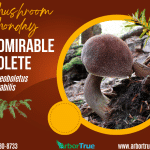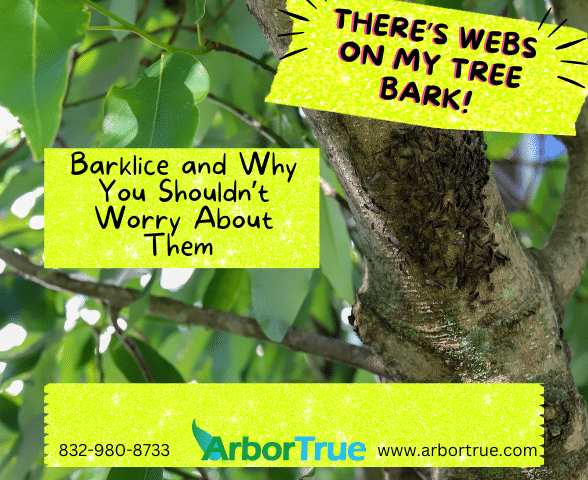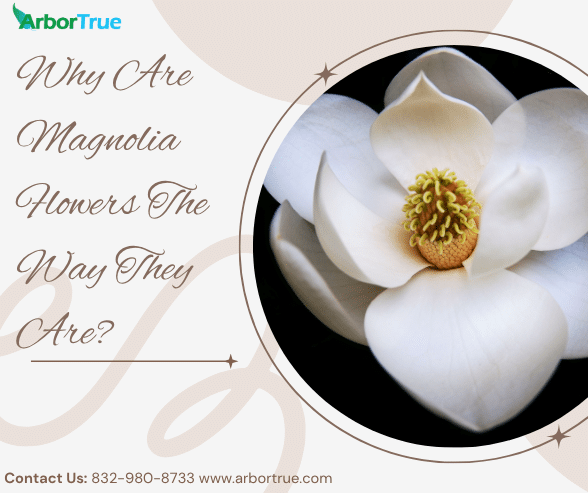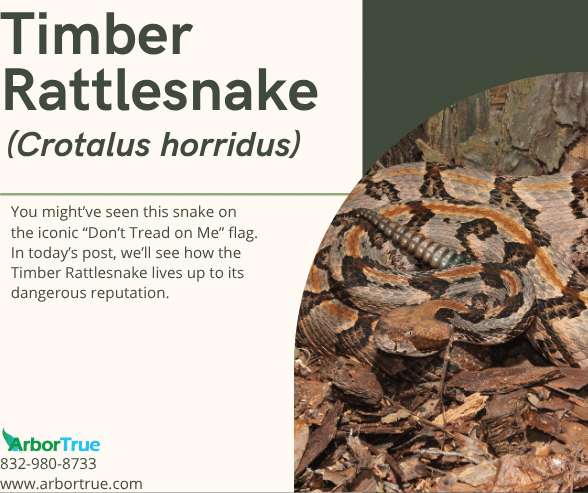
Phytophthora Root Rot
November 6, 2024
Mushroom Monday: Admirable Bolete (Aureoboletus mirabilis)
November 11, 2024
There’s Webs on My Tree Bark! – Barklice and Why You Shouldn’t Worry About Them
Seeing webs covering the bark of your trees can be kind of scary, but if they’re caused by barklice, there’s really nothing to worry about. Learn more about barklice and how they affect trees in today’s TrueTreeTalk post.
What are Barklice?
Barklice are insects. There are hundreds of species in Canada and the U.S., and they belong to the order Psocoptera. They look a bit like aphids but aren’t the same, and despite their name, they aren’t actually lice. Two species that you might notice are Cerastipsocus venosus and Archipsocus nomas. Other names for them include barklouse, psocids, barkflies, and booklice, and different species can be called by different names. Booklice, for example, are found indoors and have no wings.
What do Barklice Look Like?
Barklice are small. They are generally less than one-quarter of an inch in length, though it varies by species. They have soft bodies, antennae (which are long relative to their body), and wings (2 pairs, although some species have no wings). Their front wings are larger than their rear wings, their wings are membranous, and the wing color can vary by species. When they aren’t moving they hold their wings vertically. Their colors vary between brown, gray, and white, and they have pale bands on their abdomens. They have a body part called a clypeus that looks like a big nose on their face.
Cerastipsocus venosus is a common species in Texas. They are approximately ¼” in length and have black and shiny wings. The nymphs have a gray color with pale bands and live in groups that move like a herd. They can be seen at the start of spring.
Generally, barklice aren’t noticeable. Exceptions are Cerastipsocus venosus (which gather in groups on trees and move like an animal herd) and Archipsocus nomas (which produce webs that can be seen on tree bark and are noticeable toward the end of summer).
What Life Stages do Barklice go Through?
Barklice start out as eggs, which survive during the winter. The eggs are oval or round and are laid in the bark of trees and other places where barklice find food. The eggs are laid singly or in groups and can be covered with debris or webbing, depending on the species.
When the eggs hatch, they are nymphs. The nymphs look like the adults but have no wings. The nymphs go through six stages of development (instars) and develop their wings in later stages. After the sixth stage, they are adults.
What do Barklice Eat?
Barklice have mouths that chew (as opposed to aphids that have mouths that suck fluid from plant parts). They eat things such as pollen, parts of insects that have died, lichen, algae, and mold.
Where do Barklice Live?
Barklice live in a variety of outdoor places and can be found on plants and beneath rocks, in places where there is moisture. They commonly inhabit trees.
So Why Shouldn’t We Worry About Bark Lice?
Although seeing herds of insects or large amounts of webbing on a tree’s trunk or limbs can be alarming, if the herds are barklice or the webbing is caused by them, then there isn’t really a concern. Barklice aren’t harmful and don’t cause damage to plants. The relationship they have with trees might be described as being commensal. In a commensal relationship, one party benefits from another, without the other party benefiting or experiencing harm. In this case, the barklice benefit from trees because they find habitat on them as well as their food, but they don’t benefit nor harm the tree. Even the webs that some species make (which can cover large areas of a tree’s trunk or limbs) aren’t harmful to trees. No action is necessary to control them and it appears that they will eventually eat the webbing they produce on trees before their numbers decline toward the later months of the year. Depending on perspective, they might even be seen to have a mutualistic relationship with trees, by eating things like algae and fungi they find on them.
If you found learning about barklice interesting, check out our other posts on our TrueTreeTalk blog. Follow us on Facebook to keep up with these and other posts.
* * *
ArborTrue is a science-based tree-service company in the greater Houston area. We also serve Austin and other parts of Central Texas. We provide a range of services including tree trimming, tree pruning, tree removal, tree planting, arborist consultations, and more. Call us today at 832-980-8733 (Houston) or at 512-546-3833 (Austin) or reach out to us online to schedule an appointment.




